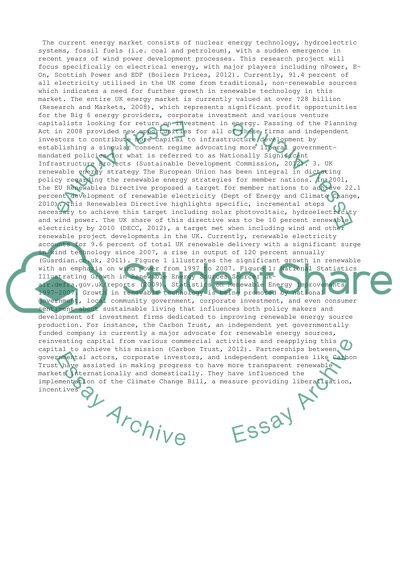Cite this document
(“Evaluation of the national energy investment opportunities in wind Essay”, n.d.)
Evaluation of the national energy investment opportunities in wind Essay. Retrieved from https://studentshare.org/business/1400801-in-uk-evaluate-the-national-energy-investment
Evaluation of the national energy investment opportunities in wind Essay. Retrieved from https://studentshare.org/business/1400801-in-uk-evaluate-the-national-energy-investment
(Evaluation of the National Energy Investment Opportunities in Wind Essay)
Evaluation of the National Energy Investment Opportunities in Wind Essay. https://studentshare.org/business/1400801-in-uk-evaluate-the-national-energy-investment.
Evaluation of the National Energy Investment Opportunities in Wind Essay. https://studentshare.org/business/1400801-in-uk-evaluate-the-national-energy-investment.
“Evaluation of the National Energy Investment Opportunities in Wind Essay”, n.d. https://studentshare.org/business/1400801-in-uk-evaluate-the-national-energy-investment.


